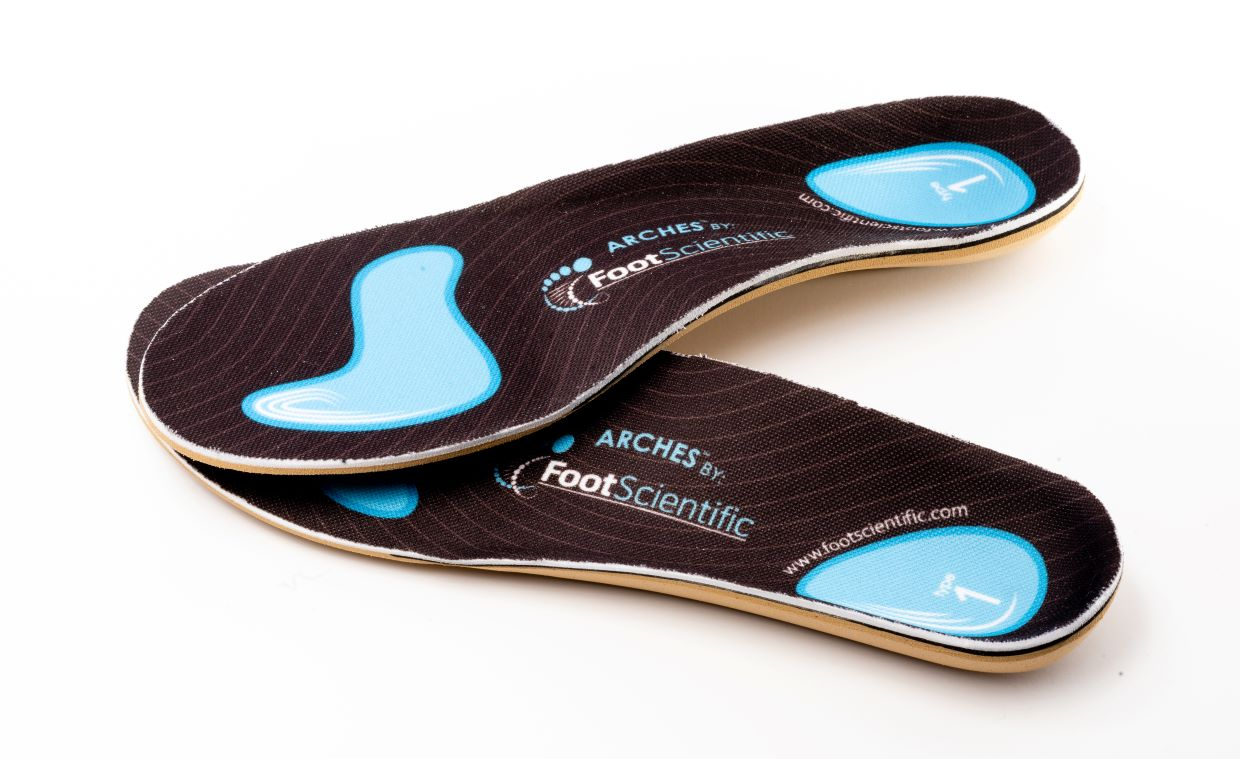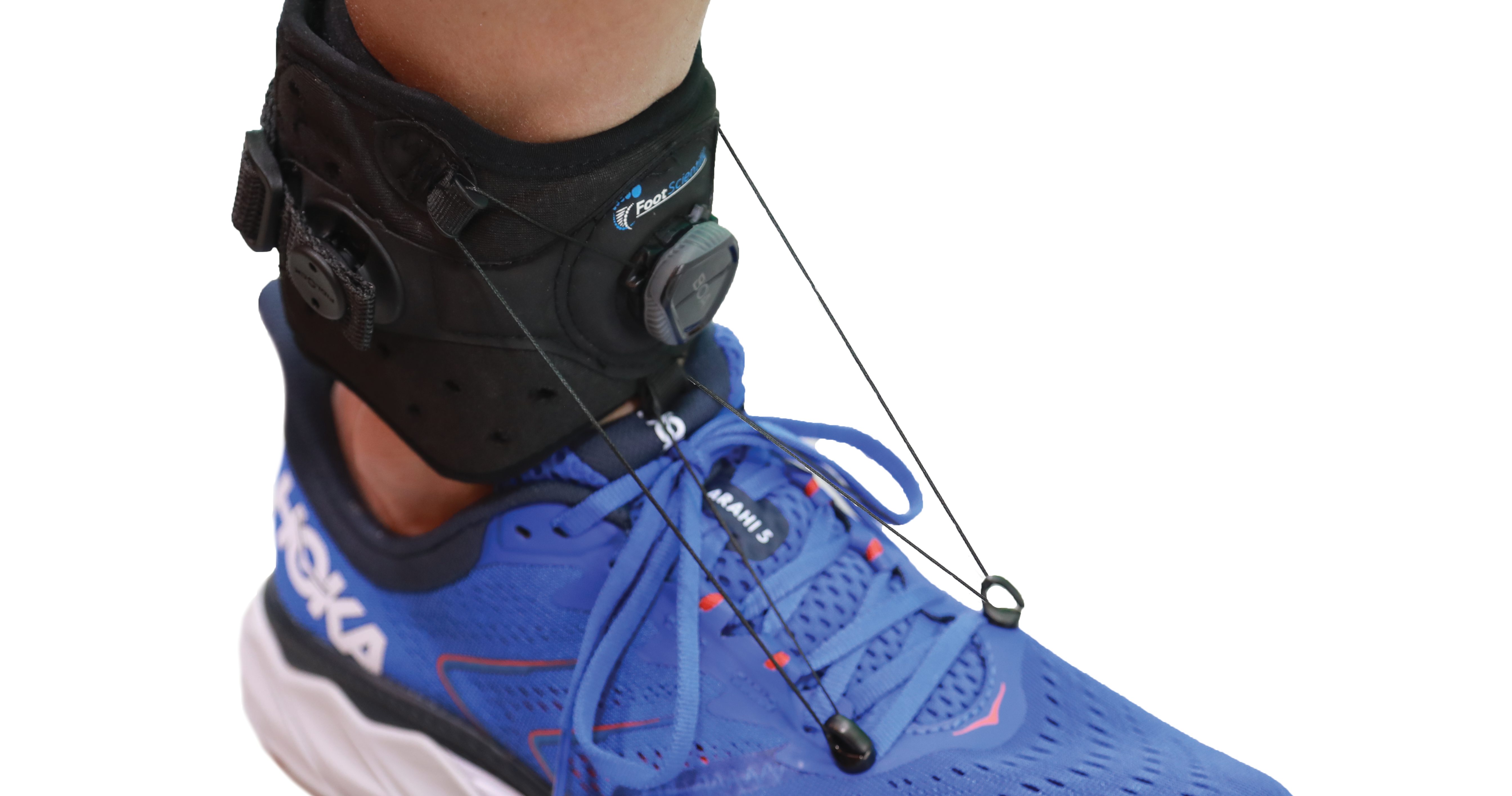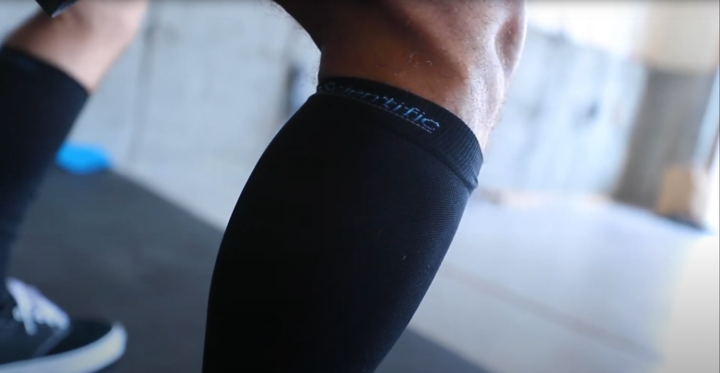Peroneal Tendonitis / Tear
Peroneal Tendons run behind your outer ankle bone and link the bones in your foot's arch to your lower leg muscles. They help you balance by stabilizing your arch when you walk and allow you to move your ankle. Peroneal Tendonitis occurs when your Peroneal Tendons are injured, stretched out, or become loose when you sprain or roll your ankle. A Peroneal Tear occurs when the tendon breaks or rips from an injury.
Peroneal Tendonitis Information and Treatment
What causes Peroneal Tendonitis / Tear?
The tearing of your Peroneal Tendon can happen over time, especially if you're prone to ANKLE SPRAINS. The Ankle Sprains loosen and stretch out the Peroneal Tendons which then become weak and frayed over time causing small tears and gaps in your tendon. Over-use (such as excessive running on uneven ground) can also cause peroneal tendonitis
How do I know if I have Peroneal Tendonitis / Tear?
What are the symptoms of Peroneal Tendonitis / Tear?
The symptoms of Peroneal Tendonitis are:
- Pain in the outer part of the ankle
- Swelling around the tendon and ankle
- Ankle instability
How is Peroneal Tendonitis / Tear diagnosed?
Peroneal tendonitis tear is diagnosed with:
- A physical examination
- X-rays/MRI
What can I do from home for Peroneal Tendonitis / Tear?
What can I do to prevent Peroneal Tendonitis / Tear?
You can prevent a Peroneal Tendonitis Tear by:
- Warming up your muscles before and after physical activity by stretching
- Stopping physical activity immediately if you are in pain
- Wear a brace to give your ankle/foot support during physical activity
What treatments can I do from home for Peroneal Tendonitis / Tear?
- Wear an ankle brace for two to four weeks in order to immobilize your ankle and give your Peroneal Tendons time to heal
- Alternate between applying heat and ice to the affected area. (When you apply ice make sure it never makes direct contact with the skin. Wrap the ice in a towel before application.)
- Avoid activities that cause worsening pain
When should I see a doctor for Peroneal Tendonitis / Tear?
You should see a doctor for Peroneal Tendonitis Tear when the symptoms become too painful to treat from home.
Treatments your doctor may recommend for Peroneal Tendonitis / Tear
- Rest - Get off your injured foot as soon as possible. Relieving weight and pressure will help your foot heal faster and avoid further injury. You may also require crutches or a cane to get around.
- Ice - Rest or wrap your injured foot with ice as soon as possible. Ice helps prevent swelling and promotes faster healing time. Wrap the ice in a towel and avoid putting ice directly on the skin.
- Compress - Immobilize the injured foot with a bandage or ankle brace. This gives your ankle stability and protects it from further injury. Make sure you don't wrap your foot or ankle too tightly. You don't want to cut off the blood supply to your foot.
- Elevate - Make sure you keep your foot elevated as this will also help to minimize swelling. It's best if you can elevate your foot to the level of your heart.
- Physical Therapy - a small wedge that tilts your heel inward may also be recommended, as this helps to off-load the tendon
- A short trial in a walking boot or brace may be suggested
- In some cases your doctor may recommend surgery in order to remove the damaged tissue or tendon.




